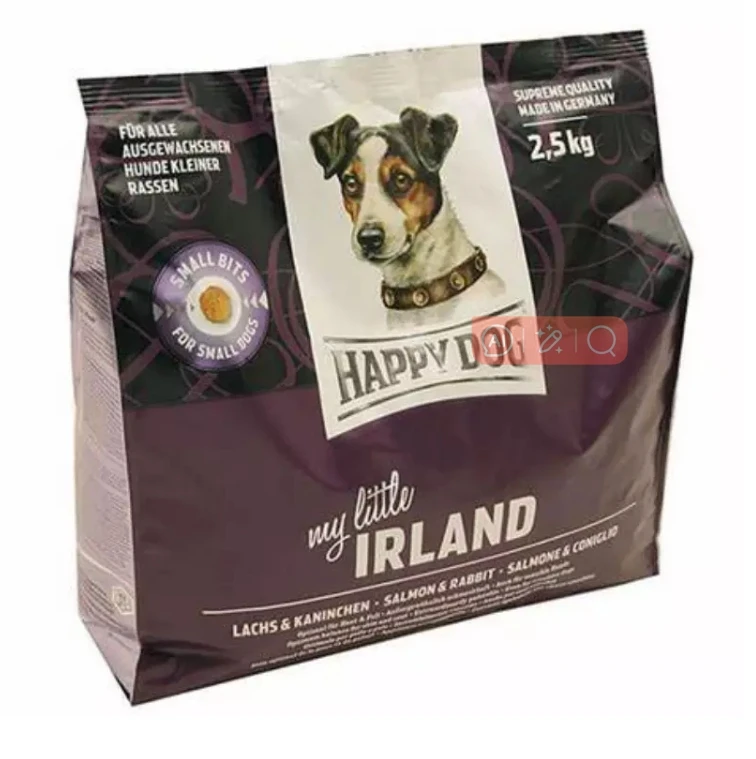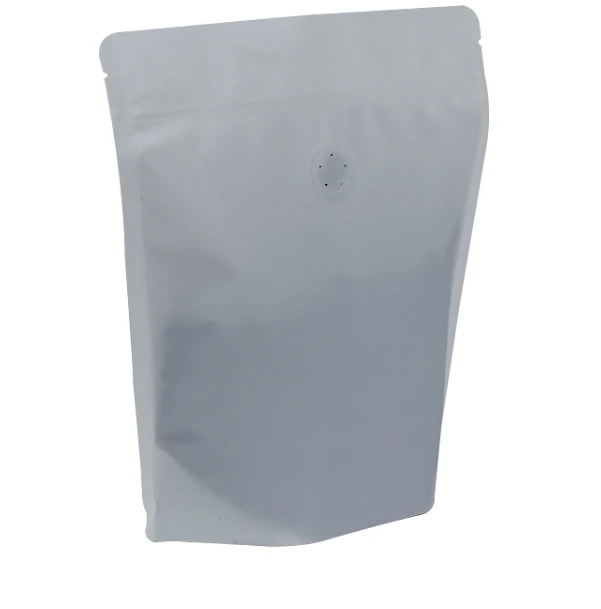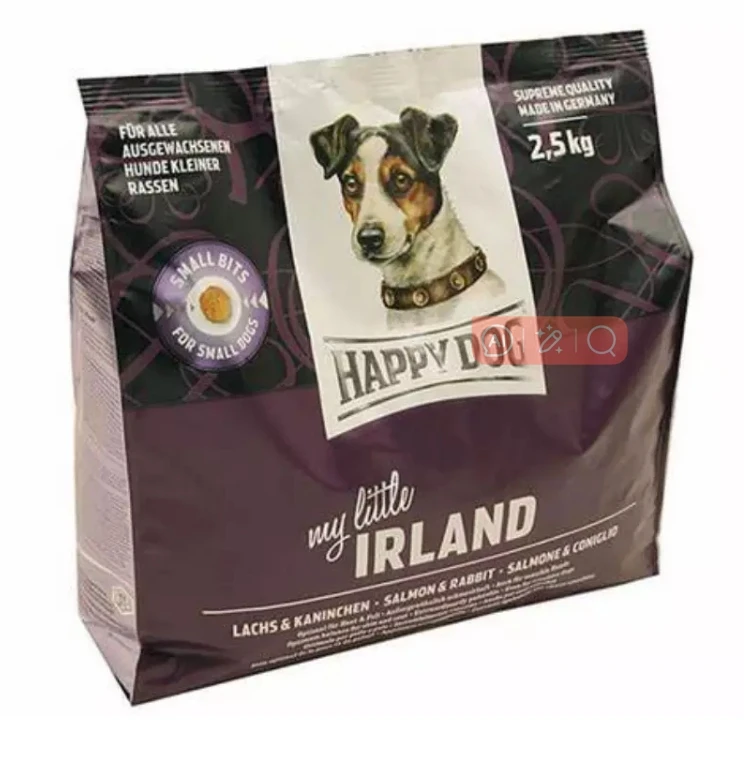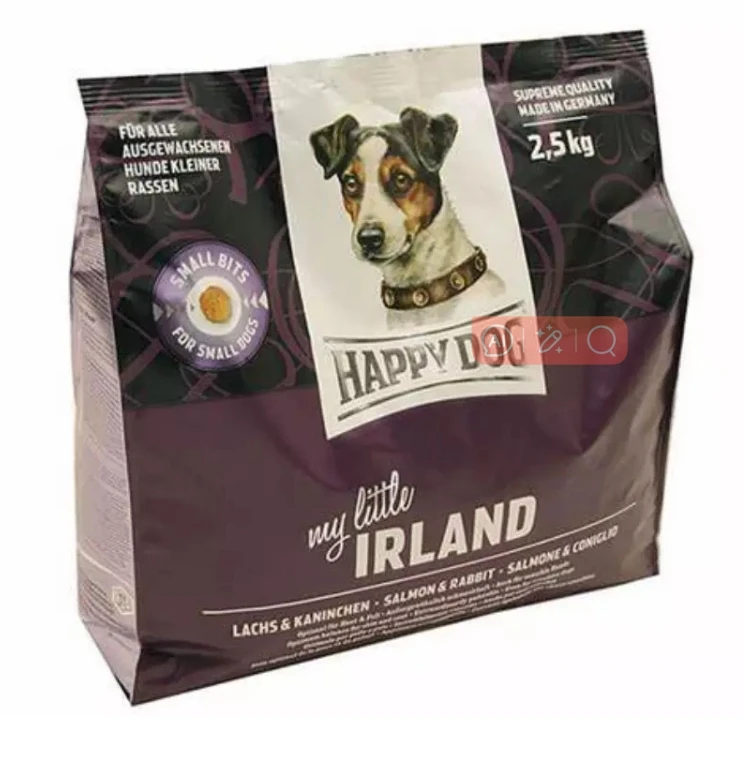- Afrikaans
- Albanian
- Amharic
- Arabic
- Armenian
- Azerbaijani
- Basque
- Belarusian
- Bengali
- Bosnian
- Bulgarian
- Catalan
- Cebuano
- chinese_simplified
- chinese_traditional
- Corsican
- Croatian
- Czech
- Danish
- Dutch
- English
- Esperanto
- Estonian
- Finnish
- French
- Frisian
- Galician
- Georgian
- German
- Greek
- Gujarati
- haitian_creole
- hausa
- hawaiian
- Hebrew
- Hindi
- Miao
- Hungarian
- Icelandic
- igbo
- Indonesian
- irish
- Italian
- Japanese
- Javanese
- Kannada
- kazakh
- Khmer
- Rwandese
- Korean
- Kurdish
- Kyrgyz
- Lao
- Latin
- Latvian
- Lithuanian
- Luxembourgish
- Macedonian
- Malgashi
- Malay
- Malayalam
- Maltese
- Maori
- Marathi
- Mongolian
- Myanmar
- Nepali
- Norwegian
- Norwegian
- Occitan
- Pashto
- Persian
- Polish
- Portuguese
- Punjabi
- Romanian
- Russian
- Samoan
- scottish-gaelic
- Serbian
- Sesotho
- Shona
- Sindhi
- Sinhala
- Slovak
- Slovenian
- Somali
- Spanish
- Sundanese
- Swahili
- Swedish
- Tagalog
- Tajik
- Tamil
- Tatar
- Telugu
- Thai
- Turkish
- Turkmen
- Ukrainian
- Urdu
- Uighur
- Uzbek
- Vietnamese
- Welsh
- Bantu
- Yiddish
- Yoruba
- Zulu
Understanding the Concept and Purpose of Gusseted Bags in Packaging
Understanding the Meaning and Importance of Gusseted Bags
When it comes to packaging solutions, the gusseted bag is a concept that often flies under the radar yet plays a significant role in various industries. But what exactly does gusseted bag mean? A gusseted bag features an extension or fold at the bottom or sides of the bag, which allows it to expand and accommodate larger or oddly shaped items. This unique design not only enhances the bag's capacity but also provides stability and allows for easier handling and storage.
Gusseted bags are typically made from a variety of materials, including plastic, paper, or a combination of both. Plastic gusseted bags are particularly popular because they offer durability and resistance to moisture, making them ideal for packaging food items, electronics, and other sensitive products. Paper gusseted bags, on the other hand, are often used for retail and gift packaging, providing a more eco-friendly alternative that is both attractive and functional.
Understanding the Meaning and Importance of Gusseted Bags
Moreover, gusseted bags are versatile in their uses. They can be used for retail items, food packaging, merchandise, and even industrial applications. For example, coffee roasters often opt for gusseted bags to package their products, as they allow the bags to expand when filled with freshly roasted coffee beans, which can then be sealed for freshness. The design also accommodates degassing valves, which allow carbon dioxide produced by the beans during roasting to escape without letting air in, thereby preserving flavor.
gusseted bag meaning

In addition to their functional attributes, gusseted bags offer excellent branding opportunities. Companies can easily customize these bags with prints, colors, and logos, turning a simple packaging item into a powerful marketing tool. A well-designed gusseted bag can attract consumer attention and communicate brand identity effectively, which is crucial in today’s competitive market.
Sustainability is another aspect to consider when discussing gusseted bags. With growing awareness around environmental issues, many manufacturers are increasingly choosing eco-friendly materials for their gusseted bags. Paper bags, for instance, are often recyclable and biodegradable, making them an attractive option for businesses looking to reduce their carbon footprint. Additionally, advances in technology have led to the development of biodegradable plastics that can be used for gusseted bags, aligning functionality with sustainable practices.
However, it is essential to choose the right type of gusseted bag for specific applications. For example, a food product's packaging may require bags that are heat-sealed and made of FDA-approved materials to ensure safety and compliance with regulations. Understanding the requirements of the product being packaged can lead to more informed decisions regarding the type and design of the gusseted bag to use.
In summary, gusseted bags play a critical role in modern packaging solutions. Their expandable designs allow for increased capacity and functionality, whether for retail, food, or industrial uses. As businesses continue to prioritize sustainability and brand recognition, the importance of gusseted bags is likely to grow even more. By understanding their meaning and applications, companies can leverage these versatile packaging solutions to enhance their product offerings and meet the ever-evolving needs of consumers. In a world where packaging often defines the first impression, gusseted bags can provide both practicality and a canvas for creativity, making them an irreplaceable element in the packaging landscape.













